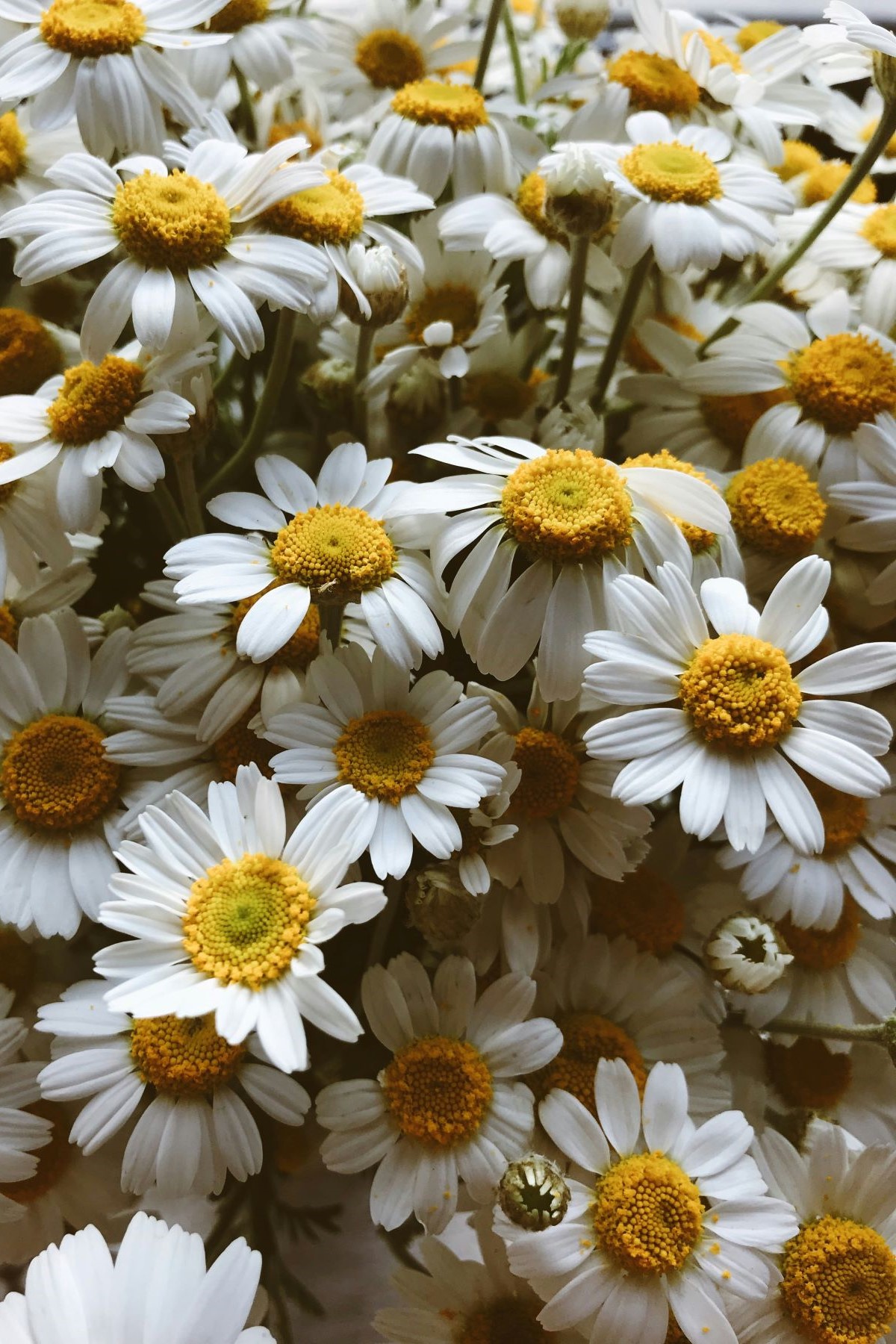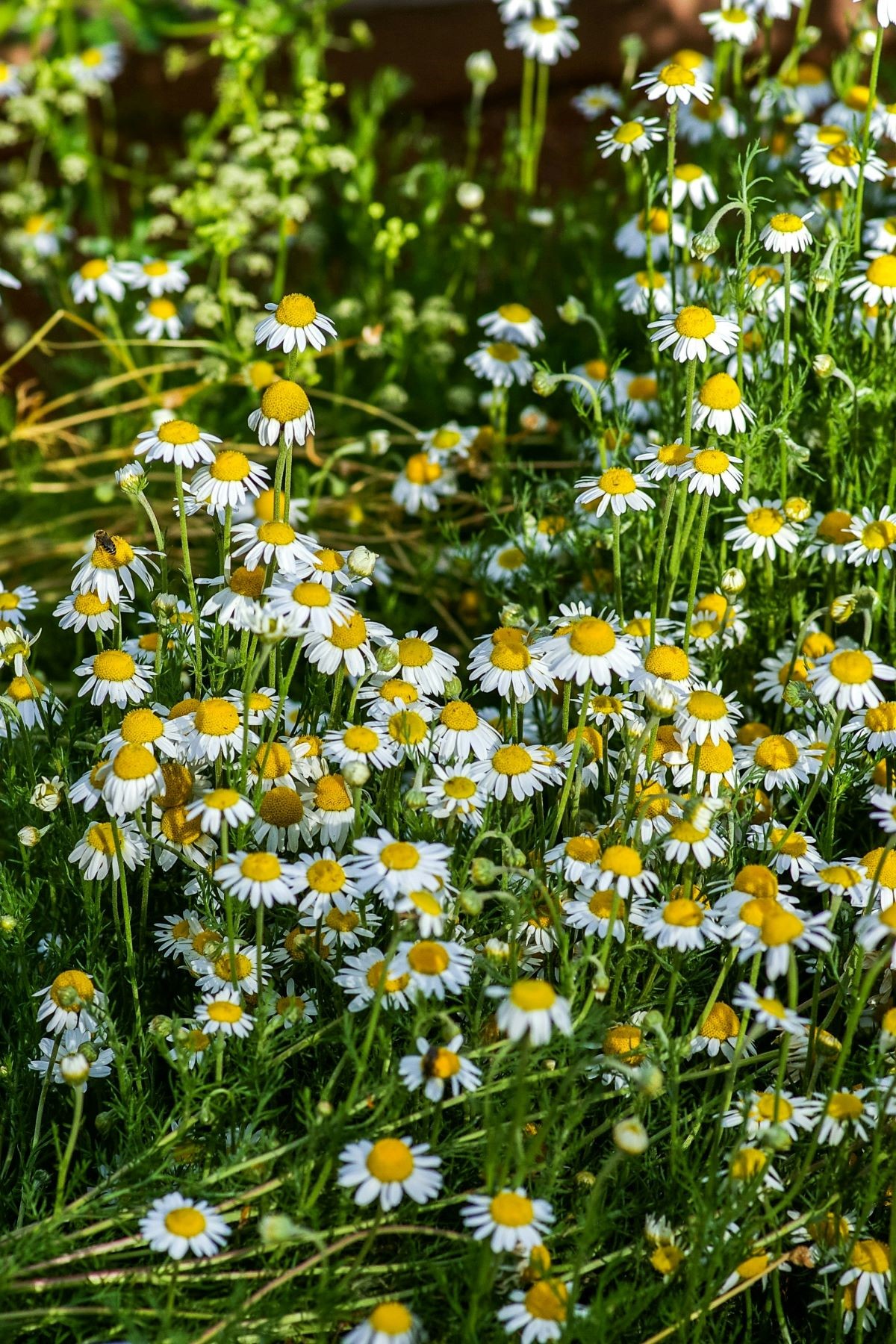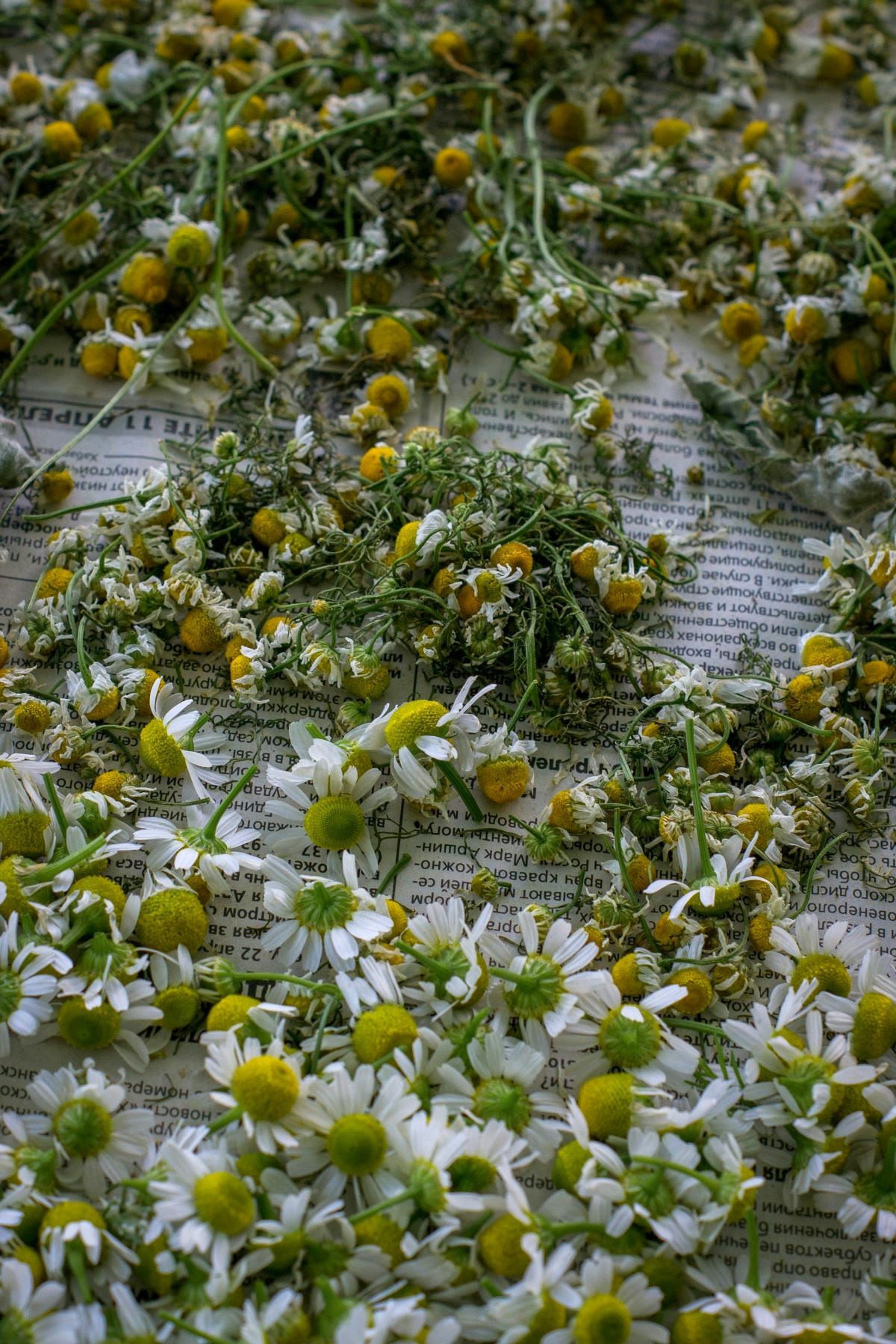
MEDIPLANT | Chamomile (Matricaria chamomilla): A Comprehensive Guide
Introduction
Chamomile, scientifically known as Matricaria chamomilla, is a herb that has been cherished for centuries due to its calming and therapeutic properties. It is widely used in traditional and modern medicine, often enjoyed as a soothing tea or applied topically in various forms.
Chemical Components
Chamomile contains a variety of bioactive compounds, making it a potent medicinal plant. Key components include:
- Essential Oils: Chamazulene, α-bisabolol, and bisabolol oxides A and B, which have anti-inflammatory and antimicrobial properties.
- Flavonoids: Apigenin, quercetin, patuletin, and luteolin, known for their antioxidant and anti-inflammatory effects.
- Phenolic Acids: Such as caffeic acid and chlorogenic acid, contributing to its antioxidant capacity.
- Coumarins: Umbelliferone and herniarin, which have anticoagulant and anti-inflammatory properties.
Medicinal Uses
Chamomile is renowned for its versatility in treating various ailments. Some of its primary uses include:
- Digestive Health: Chamomile tea is commonly used to relieve digestive issues such as bloating, gas, and indigestion. It can also help soothe symptoms of irritable bowel syndrome (IBS).
- Sleep Aid: Known for its mild sedative effects, chamomile is often used to combat insomnia and promote restful sleep.
- Skin Conditions: Chamomile extracts are applied topically to treat skin irritations, eczema, and minor wounds due to their anti-inflammatory and antimicrobial properties.
- Anxiety and Stress Relief: Drinking chamomile tea or using chamomile essential oil can help reduce anxiety and promote relaxation.
- Anti-inflammatory: Chamomile’s anti-inflammatory properties make it useful in treating conditions like arthritis and other inflammatory disorders.
Habitat and Distribution
Chamomile is native to Europe and Western Asia but has been naturalized in many parts of the world. It thrives in well-drained, sandy soils and enjoys full sun. You can often find chamomile growing in fields, along roadsides, and in gardens.
Harvesting Chamomile
To maximize the medicinal benefits of chamomile, proper harvesting techniques are essential:
- Timing: The best time to harvest chamomile is in the morning after the dew has evaporated but before the sun is too intense. This ensures the highest concentration of essential oils.
- Method: Use sharp scissors or garden shears to snip the flower heads just as they are fully open. Avoid taking too much of the stem.
- Drying: Spread the flower heads out on a clean, dry surface in a well-ventilated area out of direct sunlight. Alternatively, you can use a dehydrator set to a low temperature. Once dried, store the flowers in an airtight container away from light and moisture.
Growing Chamomile in Your Garden
Chamomile is relatively easy to grow and can be a delightful addition to your garden. Here’s how to cultivate it:
- Choosing the Site: Select a sunny spot in your garden with well-drained soil. Chamomile prefers slightly acidic to neutral pH levels.
- Planting: Chamomile can be started from seeds or transplants. Sow seeds directly in the garden after the last frost, lightly covering them with soil. If starting indoors, plant seeds in trays 6-8 weeks before the last frost and transplant seedlings outdoors once they are hardy enough.
- Watering: Keep the soil consistently moist but not waterlogged. Water at the base of the plants to avoid wetting the foliage, which can lead to fungal diseases.
- Maintenance: Chamomile is low-maintenance, but regular weeding is necessary to prevent competition for nutrients. Pinch back the plants occasionally to encourage bushier growth and more flowers.
- Pests and Diseases: Chamomile is generally pest-resistant, but it can occasionally suffer from aphids or mildew. Use organic insecticidal soap for aphids and ensure good air circulation to prevent mildew.
Conclusion
Chamomile (Matricaria chamomilla) is a versatile and valuable medicinal plant with a wide range of health benefits. Whether you enjoy it as a tea, use its extracts for skin care, or grow it in your garden, chamomile can be a beneficial addition to your natural health repertoire. With proper care and harvesting techniques, you can enjoy the soothing and healing properties of this wonderful herb for years to come.
We give thanks for the images used to: Nia Ramirez, hanna plants, Yulia Mostova, Yoksel 🌿 Zok, Fabianna Freeman,



